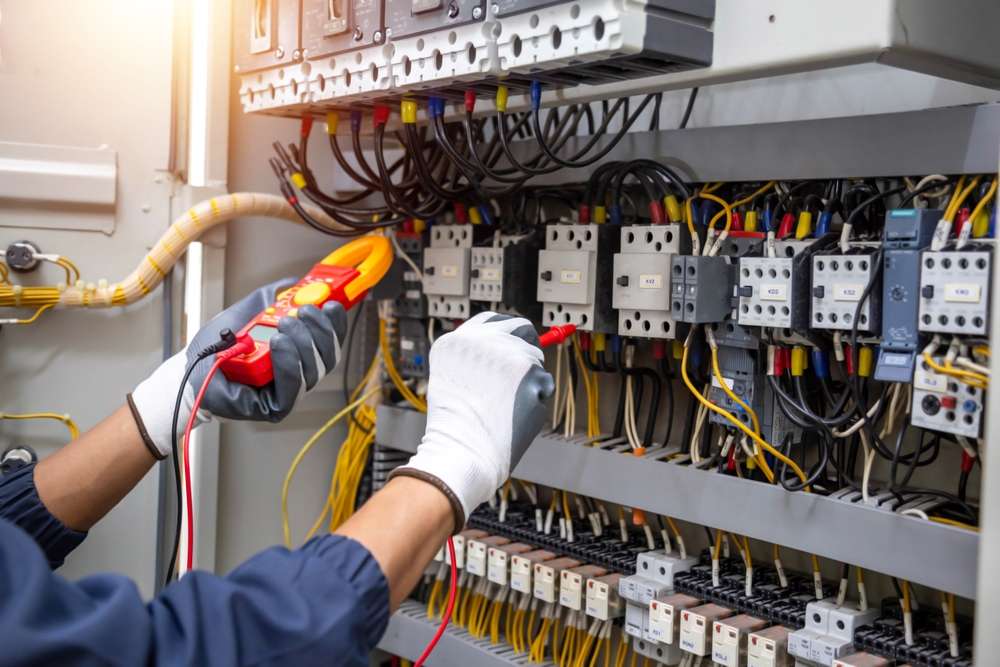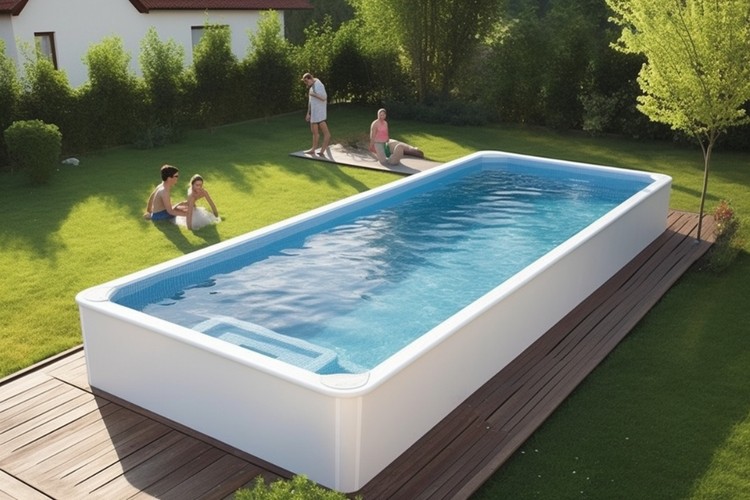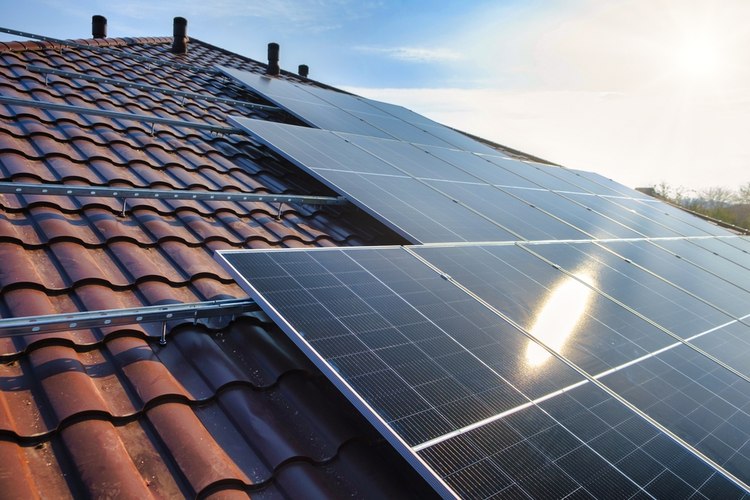Home Power Generators: Safety, Selection, and Costs
Power outages can disrupt daily life, damage appliances, and compromise safety. Home power generators offer a reliable solution for maintaining electricity during emergencies, storms, or grid failures. Understanding the types, installation requirements, and costs associated with backup generators helps homeowners make informed decisions about protecting their homes and families from unexpected power loss.

The Importance of Home Power Generators in Contemporary Living
Modern households depend heavily on electricity for essential functions including heating, cooling, refrigeration, medical equipment, and communication devices. When severe weather strikes or utility infrastructure fails, the consequences extend beyond inconvenience. Food spoilage, frozen pipes, security system failures, and health risks for vulnerable individuals create genuine concerns. Home power generators provide continuous electricity during outages, ensuring critical systems remain operational. For homes in areas prone to hurricanes, ice storms, or grid instability, backup power transitions from luxury to necessity. Generators also protect property value by preventing damage from prolonged power loss and maintaining comfort during extended outages.
Deciphering Different Types of Home Generators: Standby, Portable, and Inverter
Homeowners can choose from three primary generator categories, each suited to different needs and budgets. Standby generators permanently install outside the home, automatically activating within seconds of detecting power loss. These units connect directly to the home electrical system and typically run on natural gas or propane, providing whole-house power for extended periods. Portable generators offer flexibility and lower upfront costs, requiring manual setup and connection through extension cords or transfer switches. These gasoline or propane-powered units suit occasional use or powering select appliances. Inverter generators represent advanced portable technology, producing cleaner electricity suitable for sensitive electronics while operating more quietly than conventional portable models. Each type presents distinct advantages: standby generators deliver convenience and comprehensive coverage, portable units provide affordability and mobility, while inverter models balance power quality with portability for moderate needs.
Guidelines on Choosing the Most Suitable Home Backup Generator
Selecting an appropriate generator requires careful assessment of power requirements, fuel preferences, and budget constraints. Begin by calculating total wattage needed for essential appliances and systems. Central air conditioning, electric heating, well pumps, and refrigerators consume significant power, while LED lighting and phone chargers require minimal wattage. Add starting wattage for motor-driven appliances, which temporarily draw higher power during startup. Fuel availability influences generator choice: natural gas lines provide unlimited fuel for standby units, while propane tanks require periodic refilling. Gasoline-powered portable generators need frequent refueling during extended outages. Consider runtime capacity, as larger fuel tanks or natural gas connections enable longer operation between interventions. Noise levels matter for residential settings, with inverter and standby generators typically operating more quietly than standard portable models. Transfer switch installation allows safe connection to home electrical panels, preventing dangerous backfeeding into utility lines. Automatic transfer switches enable standby generators to activate without manual intervention, while manual switches require homeowner action but cost less.
The Significance of Professional Generator Installation for Safety and Reliability
Proper installation ensures generator safety, performance, and code compliance. Licensed electricians must install transfer switches and connect standby generators to home electrical systems, following National Electrical Code requirements and local regulations. Improper connections create electrocution hazards, fire risks, and potential harm to utility workers repairing power lines. Standby generators require concrete pads, proper clearances from structures and vegetation, and professional gas line or propane connections. Exhaust positioning prevents carbon monoxide accumulation near windows, doors, or ventilation intakes. Professional installers ensure adequate wire sizing, grounding, and circuit protection. Permits and inspections verify installations meet safety standards, protecting homeowners from liability and ensuring insurance coverage remains valid. Regular maintenance by qualified technicians preserves generator reliability, including oil changes, filter replacements, battery testing, and load bank testing to verify performance under actual operating conditions.
An Overview of Home Standby Generator Expenses Including Equipment and Installation
Generator costs vary significantly based on type, capacity, and installation complexity. Understanding typical price ranges helps homeowners budget appropriately for backup power solutions. Equipment prices reflect power output, with larger units supporting more circuits and appliances commanding higher costs. Installation expenses depend on electrical work complexity, distance from utility connections, and site preparation requirements.
| Generator Type | Typical Capacity | Equipment Cost Range | Installation Cost Range |
|---|---|---|---|
| Portable Generator | 3,000-10,000 watts | $400-$2,500 | $0-$1,500 (if transfer switch installed) |
| Inverter Generator | 2,000-7,000 watts | $800-$4,000 | $0-$1,500 (if transfer switch installed) |
| Home Standby Generator | 7,000-20,000 watts | $3,000-$6,000 | $3,000-$7,000 |
| Whole-House Standby | 20,000-48,000 watts | $6,000-$15,000 | $5,000-$10,000 |
Prices, rates, or cost estimates mentioned in this article are based on the latest available information but may change over time. Independent research is advised before making financial decisions.
Additional expenses include concrete pads for standby units, gas line extensions, propane tank installations, and ongoing fuel costs. Maintenance contracts typically range from $200 to $500 annually, covering inspections and routine service. Portable generators incur lower upfront costs but require manual operation and offer limited coverage compared to automatic standby systems. Financing options from manufacturers and retailers help distribute costs over time, making whole-house protection more accessible.
Making Informed Decisions About Home Backup Power
Investing in a home generator provides peace of mind and practical protection against power disruptions. Evaluating household power needs, comparing generator types, and understanding total ownership costs enables homeowners to select appropriate backup solutions. Professional installation ensures safe, reliable operation while maintaining compliance with electrical codes. Whether choosing portable flexibility or comprehensive standby coverage, backup generators represent valuable investments in home resilience, protecting families, property, and comfort during uncertain times. Research local providers, obtain multiple quotes, and verify licensing and insurance before committing to installation services.



